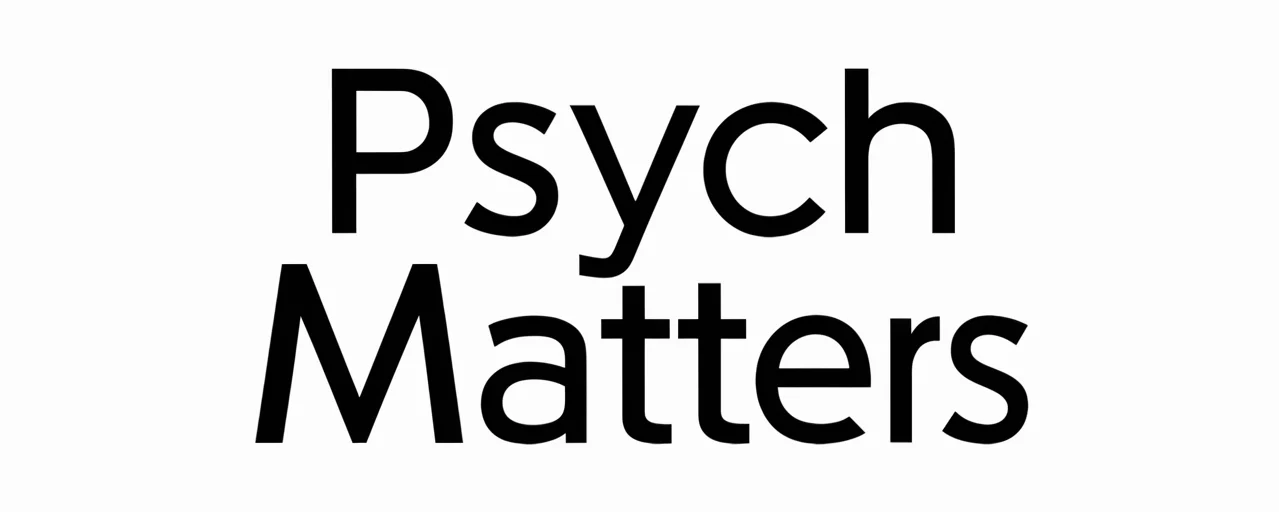Digital-First Impression Psychology: How Snap Judgments Shape Online Interactions
Your Millisecond Snapshot
In the digital realm, first impressions form with remarkable speed — often within mere milliseconds. This rapid judgment process, documented in research on website psychology and cognitive biases, occurs automatically and often unconsciously. Cognitive phenomena such as the Halo Effect can cause a polished interface or well-composed profile photo to positively influence perceptions of credibility and professionalism throughout the entire interaction. Anchoring Bias further enhances the impact of the initial view by making that first interpretation a strong reference point for subsequent evaluations.

These automatic assessments are crucial in high-stakes contexts like professional networking, e-commerce, and recruitment, where perceptions of trust and competence often dictate ongoing engagement. The immediacy of digital-first impressions mirrors face-to-face encounters, but without direct sensory input — instead relying entirely on the cues presented through pixels, typography, and interface design.
Pixels and Psychology: Mechanisms of Digital Impressions
The mechanisms behind digital-first impressions draw from established principles in behavioral and social psychology. Key components include:

- Impression Management: Strategic self-presentation through curated visuals, well-chosen wording, and controlled disclosures on websites and social media profiles.
- Cognitive Biases: The Halo Effect, Anchoring Bias, and social proof signals (e.g., testimonials) that quickly sway judgment in digital contexts.
- Color Psychology: As discussed in color psychology research, hues can elicit emotional responses; for example, blue may convey trustworthiness, while red can signal urgency.
- Visual Hierarchy: Users rely on layout and prominence of elements to gauge importance, guiding perception and decision-making.
- Digital Body Language: Even static interfaces convey meaning through tone, style, and interactivity cues that parallel in-person nonverbal communication.
These elements work simultaneously, combining automatic heuristic processing with deliberate engagement. In well-crafted designs, they amplify self-presentation, while poorly managed cues can undermine credibility immediately.
Validating Virtual First Glances
Empirical studies confirm that online impressions can mirror face-to-face judgments in accuracy and relevance. Evidence from comparative research on personal webpages and real-life encounters indicates that personality traits and likability are often correctly inferred from digital cues. Similarly, studies such as those reported by the British Psychological Society show that first impressions via Zoom video calls correspond closely to in-person ones, although traits dependent on spontaneous behavior may suffer reduced accuracy.

Additionally, findings in video conferencing contexts reveal that quality of the digital medium — such as audio clarity and connection stability — can be as significant as the content itself in shaping impressions. This supports the idea that digital-first impressions are valid diagnostic tools for interpersonal evaluation, but with caveats based on technical and contextual factors.
Optimizing Your Digital Presence
Given the speed and significance of online impression formation, deliberate optimization of digital touchpoints is essential. Key strategies drawn from web design psychology and color influence studies include:

- Prioritize Load Speed: Slow-loading interfaces can trigger impatience, undermining perceptions of professionalism.
- Leverage Trust Signals: Display credentials, reviews, or testimonials prominently to establish credibility quickly.
- Apply Effective Color Schemes: Align hues with brand values and desired emotional responses.
- Refine Visual Hierarchy: Highlight primary calls-to-action and maintain logical grouping of related content.
- Ensure Technical Quality: High-resolution images, clear audio in video content, and seamless navigation reinforce positive digital perception.
Optimization should be holistic, integrating user interface psychology with content strategy to create an immediate and lasting positive impression.
Sealing the Virtual Deal
Forming a strong digital-first impression is only the first step; sustaining and deepening that perception requires consistent reinforcement across interactions. In modern professional and social exchanges, where digital engagement psychology plays a dominant role, the transition from initial contact to meaningful connection hinges on maintaining quality and authenticity in subsequent communications.

Organizations benefit from understanding website credibility factors and integrating behavioral psychology principles into ongoing user experiences. This includes:
- Providing responsive follow-up to inquiries or comments.
- Maintaining visual and tonal consistency across channels.
- Continually auditing and updating online content to reflect current standards and values.
Ultimately, sealing the virtual deal means transforming rapid, often unconscious snap judgments into enduring trust, loyalty, and engagement, leveraging the psychology of online impression formation to meet both immediate and long-term relational goals.







